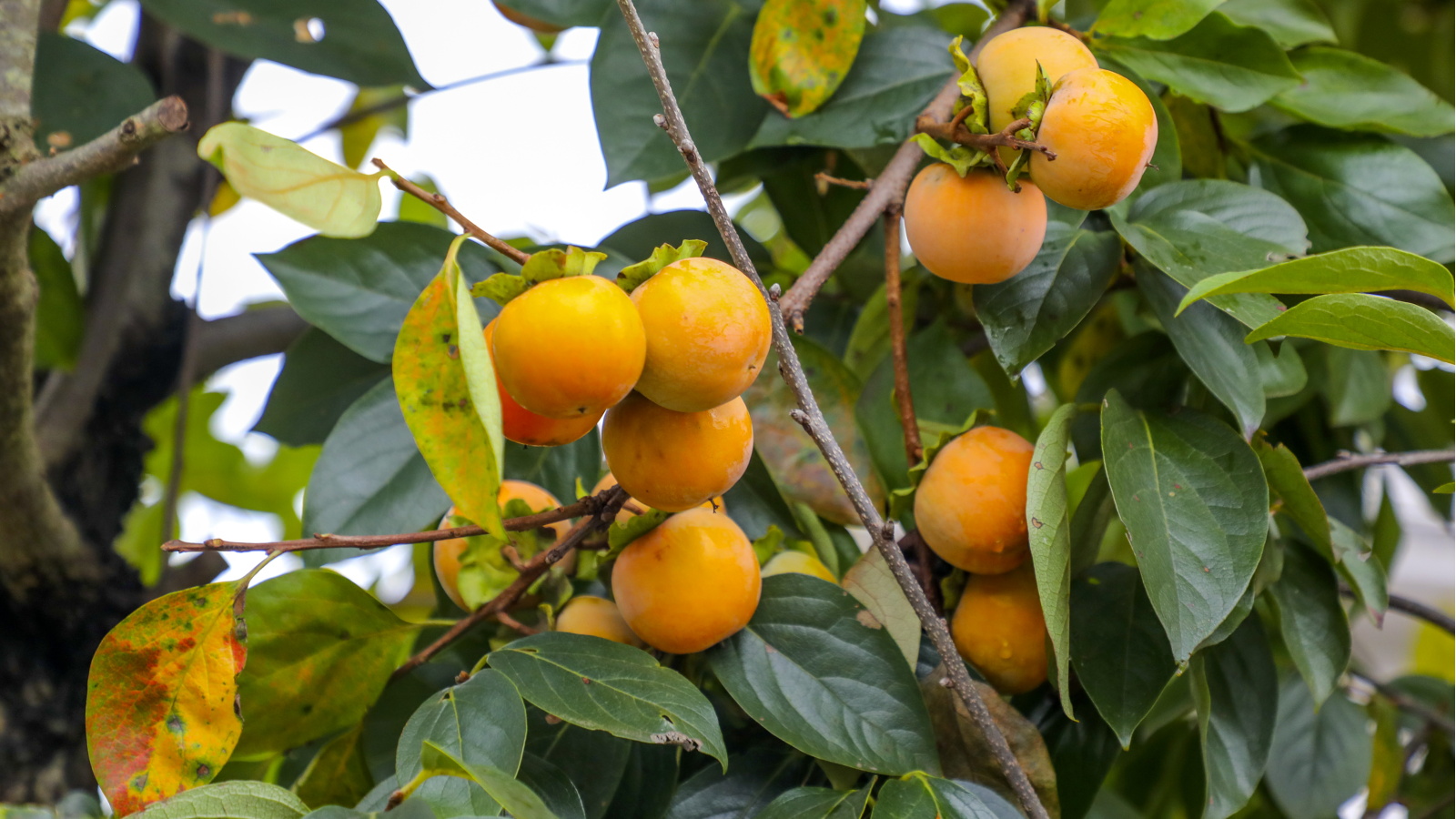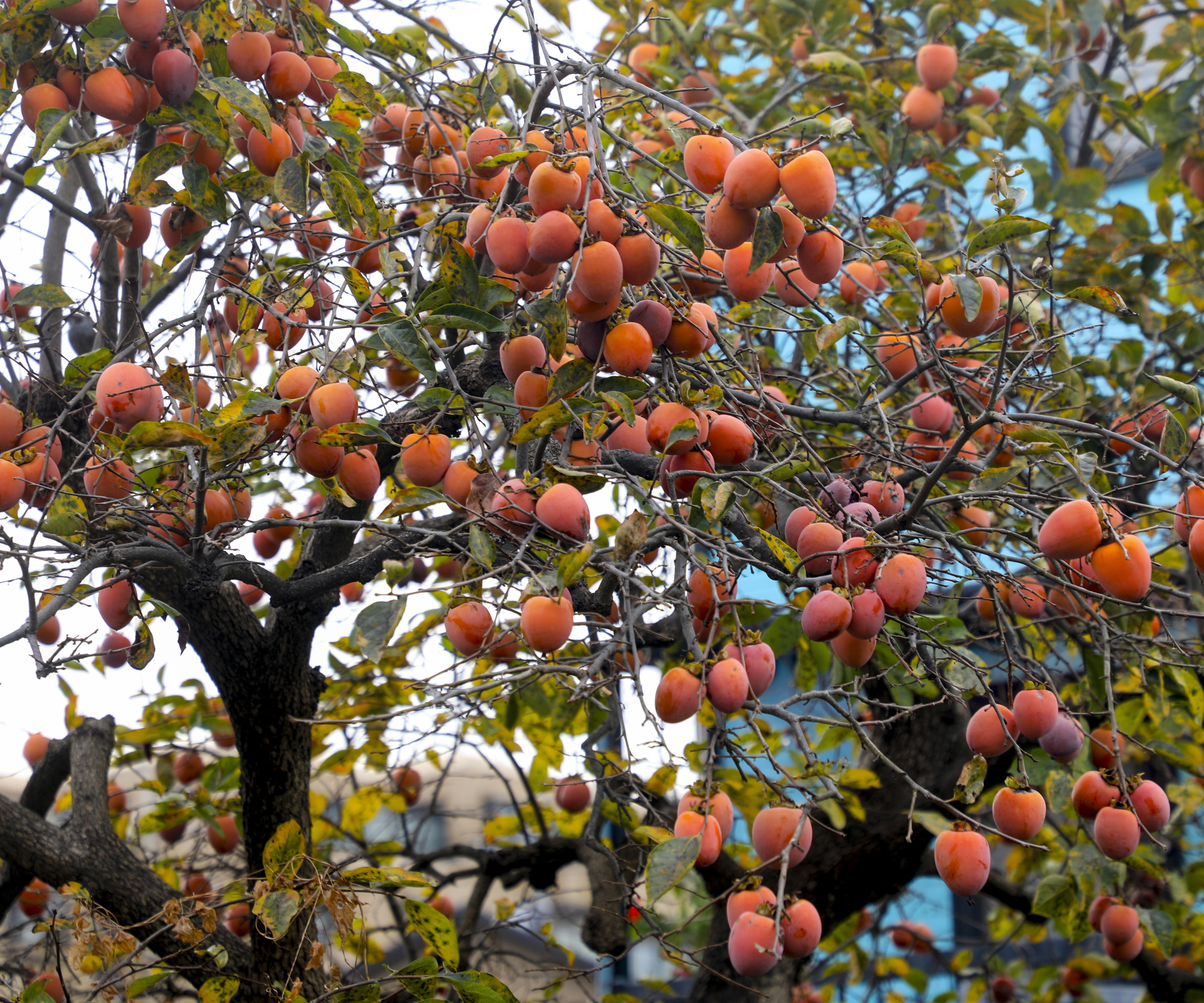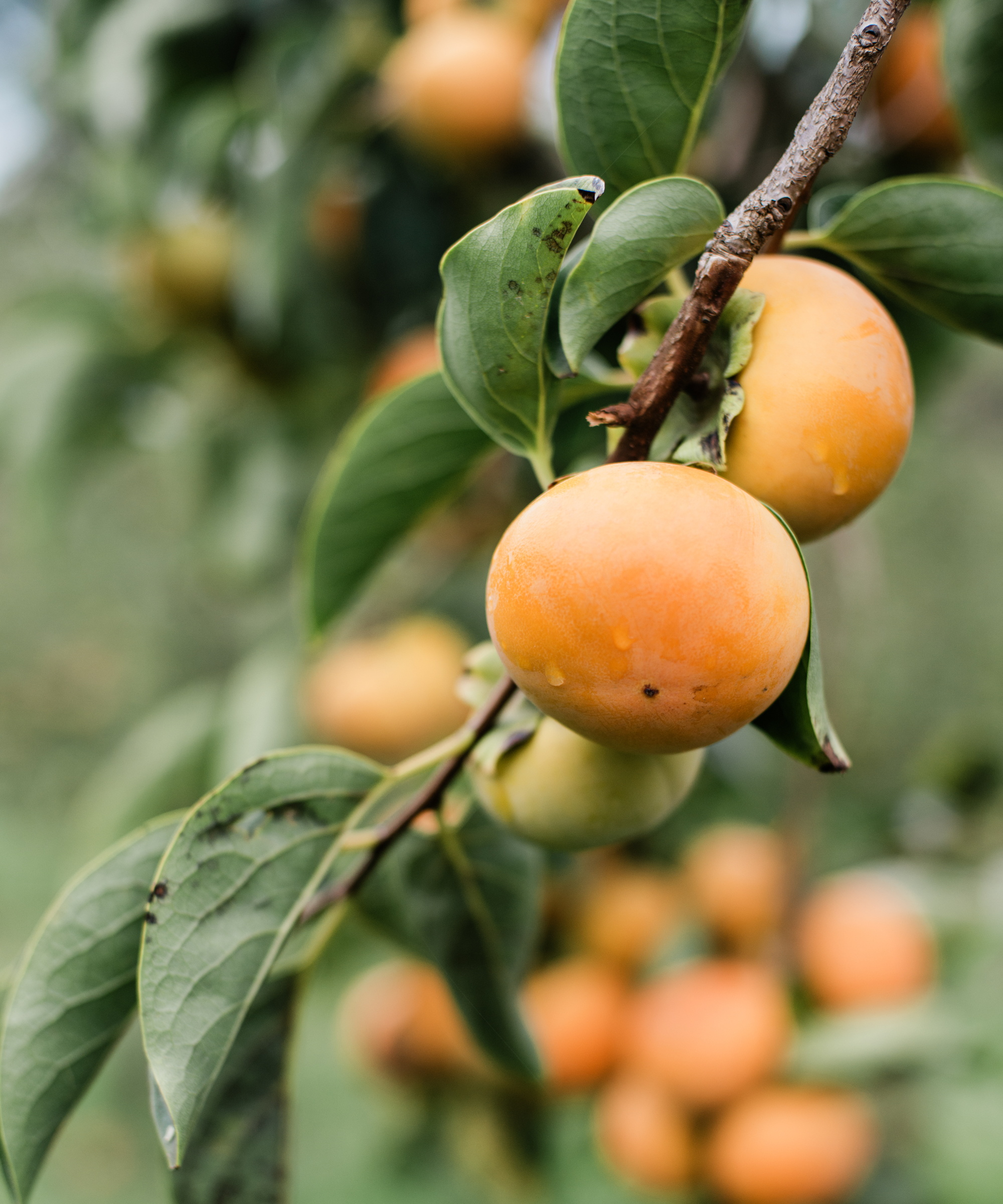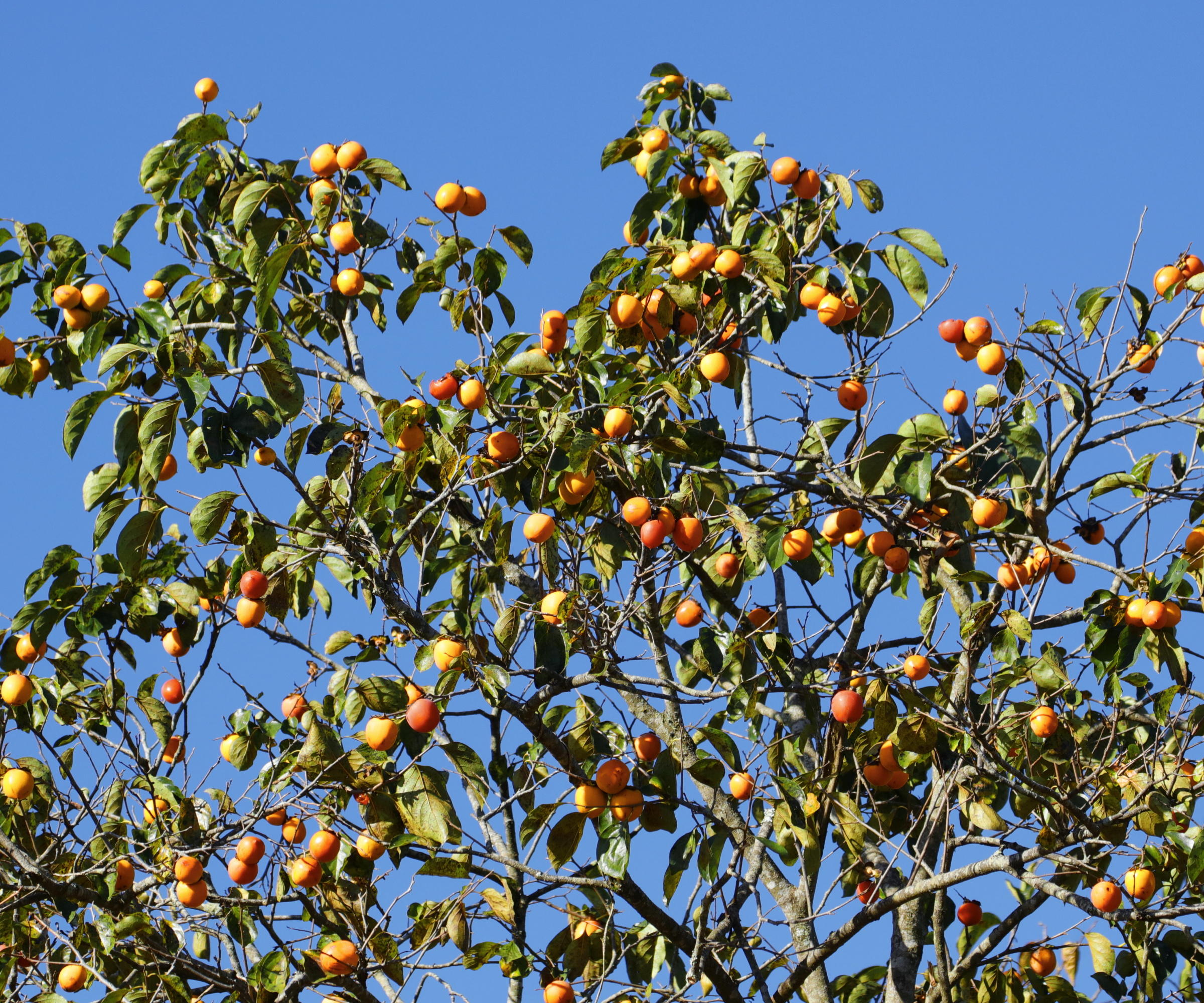
Persimmon is an orange, tomato-shaped fruit that has a sweet taste similar to a cantaloupe. Often growing on smaller trees, some persimmon varieties are ideal for yards with limited space. However, you can't just plant your persimmon tree and leave it be - it will only be productive when growing in the right conditions.
It doesn't matter if you're growing a persimmon tree in a container or directly in the ground, your tree won't perform well if it isn't provided with optimal care. That's why you have to be particularly careful with choosing a location for your tree when first planting persimmon seeds.
However, not all hope is lost if you're struggling to get a persimmon tree to fruit. Gardening experts say there are a few things you can do to make your persimmon tree fruitful.
3 ways to get your persimmon tree to fruit
Before taking a closer look at the methods to get a persimmon tree to fruit, it's important to first be aware these trees thrive best across US hardiness zone 4 to zone 9. It's unlikely these trees will have access to the right conditions outside these zones, and therefore won't necessarily fruit. Likewise, much like getting a mulberry tree to fruit, persimmon may only start fruiting several years after being planted.
With these considerations in mind, experts say to try these three things to get a persimmon tree to fruit:
1. You need a second persimmon tree

Like many of the best fruit trees, some persimmon varieties require cross-pollination in order for fruiting to happen. If you only have one tree, this could be the reason behind a lack of harvest.
'While this will vary from species to species, most persimmon trees are dioecious,' says Thom Rutter, a former professional gardener and content editor at Homes & Gardens. 'This means that different trees will be male or female, and both are needed for pollination and fruit production,' he explains.
Persimmon trees bloom in spring where pollinators transfer pollen from male flowers to female. This results in fruiting in fall. However, Thom explains: 'If you only have one tree, and there are no other persimmon trees nearby, you may find fruit lacking.'
The American persimmon tree (Diospyros virginiana) requires a companion for this reason. You can also aid pollination by choosing some plants for pollinators to grow near your persimmon trees and encourage pollinators in the immediate area.
Although, it's worth noting this isn't always the case. Some persimmon varieties, like Japanese persimmon (Diospyros kaki), are monoecious, meaning one tree has both male and female flowers and is self-fertile. In this case, you don't need a second persimmon tree for fruiting.
'If you are unsure, ask your local plant nursery for advice on what species to grow,' Thom advises.
Find a second persimmon tree at Nature Hills.
2. Be careful not to underwater your persimmon tree

While the need for pollination is usually the culprit behind a lack of persimmon fruit, incorrect watering can also have an impact. Even though persimmon trees are drought-tolerant fruit trees, a prolonged period of drought can affect fruit production.
'Any fruit tree under or overwatering can affect reduced fruit size,' says Sarah Akovic, fruit growing expert. 'You can spot incorrect watering with yellow leaves, wilting, or crispy leaves. It is best to keep a close eye on your trees during summer months as they may need more water,' she advises.
Overwatering could also cause problems of root rot, droopy leaves, and premature fruit drop.
If you're unsure when to water plants, use this soil moisture meter from Amazon. Simply insert it into the soil to identify how dry it is. 'You want to keep the soil moist, but never soggy,' says Valeria Nyman, gardening expert and Chief Product Officer at Taim.io.
3. Ensure your persimmon tree has enough sunlight

Just like getting a fig tree to fruit, getting a plum tree to fruit, and getting a pear tree to fruit, persimmon trees need plenty of sunlight to be bountiful.
'Without at least six to eight hours of direct sunlight a day, they’ll just refuse to fruit, no matter how well you treat them otherwise,' says Valeria.
'Warmth is also key here, temperatures below 70°F during the growing season can stunt their productivity. If you’re in a cooler zone, you could try a variety like American persimmon, which is more cold-hardy,' she suggests.
If persimmon is one of your fruit trees in pots, it's easy to relocate it to a sunny position. A south-facing garden wall can offer light, warmth, and some protection from wind.
If your persimmon tree is larger or in a more permanent position, it can be more tricky to improve sun exposure. Try pruning tree branches of surrounding trees that may be blocking light.
The American persimmon offers ornamental bark, robust foliage, tremendous fall color, and delicious edible fruit.
FAQs
When is persimmon fruit ready to harvest?
Persimmon trees fruit in fall, between September and November. However, the exact time depends on the variety you're growing. Typically, persimmon is ready to harvest when the fruit has turned a deep orange hue and is soft to touch. It should give slightly when pressed and have a smooth texture.
To maintain the health of your persimmon tree, it's also worth noting the best soil type for this tree is a well-drained, fertile one with a slightly acidic pH. Use this soil test kit from Amazon to identify the pH level of your soil and then take steps to make your soil more acidic accordingly.







